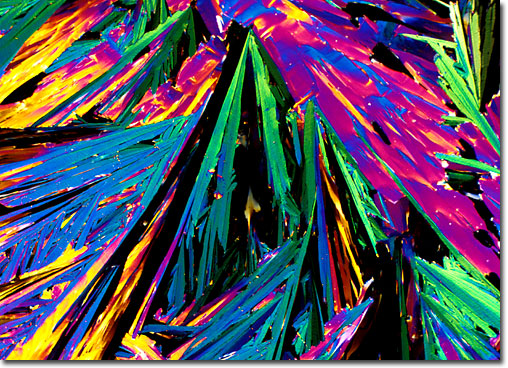|
Anilazine was introduced in 1955 as the first nitrogen heterocyclic triazine to be used as a fungicide. The pesticide was designed and tested as a herbicide, but was subsequently found to possess remarkable activity as a fungicide and has opened the door to a new ring system in the design of antifungal agents. The chemical is supplied as a wettable and flowable powder that is useful in treating vegetables, cereals, coffee, turf, and ornamentals. There have been reports of skin irritation in exposed workers, although carcinogenicity tests are largely negative, and acute oral and dermal toxicities in animals appear to be low. The exact mechanism of action is unknown, although it is speculated that anilazine interferes with normal metabolism in affected fungi.
|
